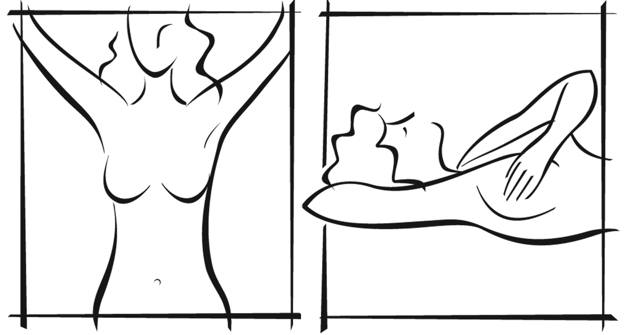If you’ve been living under a rock, you may have missed the ongoing controversy the last few years about whether or not women should continue to do breast self-exams. The gist of it is that women often find lumps that turn out to be false positives, meaning that they went through a lot of needless testing and anxiety to determine that, in the end, the lump was insignificant. But as you will see below, by knowing when to perform BSEs, you can eliminate a lot of the false positives that are so problematic.
Perform a breast self-exam on Day 7 of your cycle, when your breasts are least likely to be affected by cyclical hormones. So, for example, you don’t want to do it in the phase after ovulation, since that is when you experience premenstrual changes that may make them feel somewhat lumpy.
When performing your breast self-exam, try to differentiate between the different types of lumps and bumps. Cysts and other benign lumps tend to be smooth, round, and smooshy (the professional term, of course). On the other hand, the more worrisome types of lumps tend to be firm, solid, stationary, may be irregular in shape, and typically don’t hurt.
First stand in front of a mirror and look for any changes in the nipple, or redness, swelling, or dimpling. Then lie on a bed with a pillow under one shoulder and your arm behind your head, and use the pads of three fingers of the opposite hand to feel for lumps.
And while it’s scary to contemplate breast cancer, you’ll be relieved to know that about 80% of breast lumps are benign. Still, you can prevent a lot of the false alarms you would maybe experience otherwise by always doing your BSE on Day 7, and learning what to look for. And these reasons alone should motivate you to consistently do it on that day every cycle.


Leave A Comment